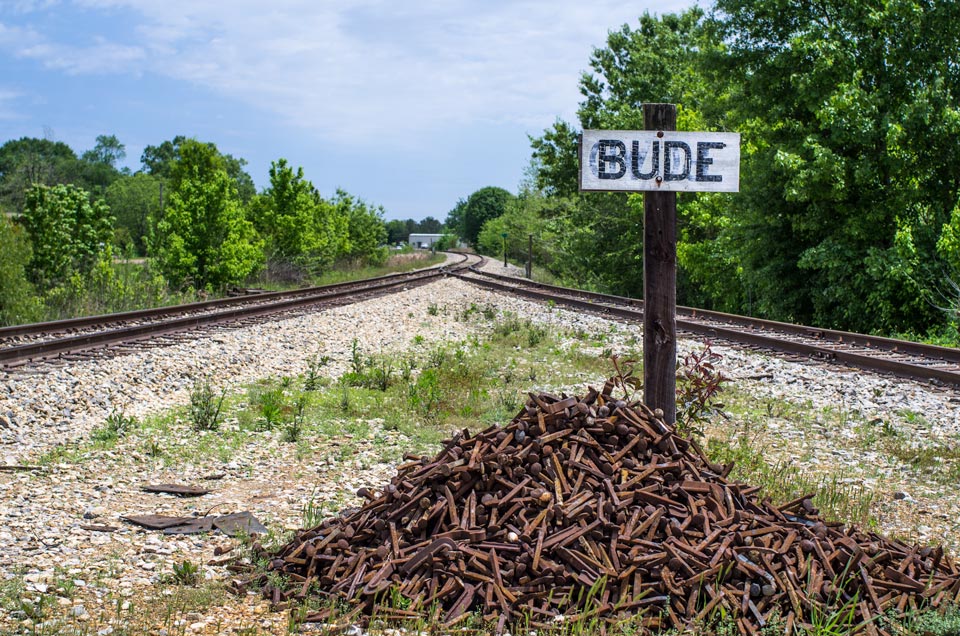
During a visit to Mississippi in the spring of 2013, I visited the small, out of the way, town of Bude which is about halfway between Brookhaven, MS and Natchez, MS. Bude was once a bustling railroad town built around a large sawmill. Today there is not much left but a sleepy main street and the old train depot.
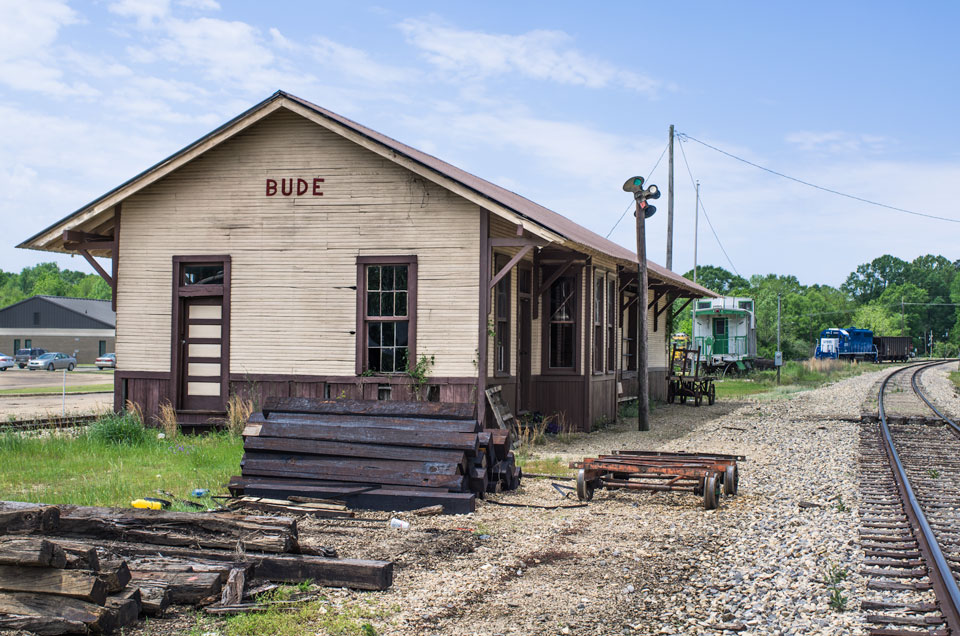
The Natchez Railway, which provides service between Natchez and Brookhaven, passes through Bude and interchanges with the Canadian National in Brookhaven.
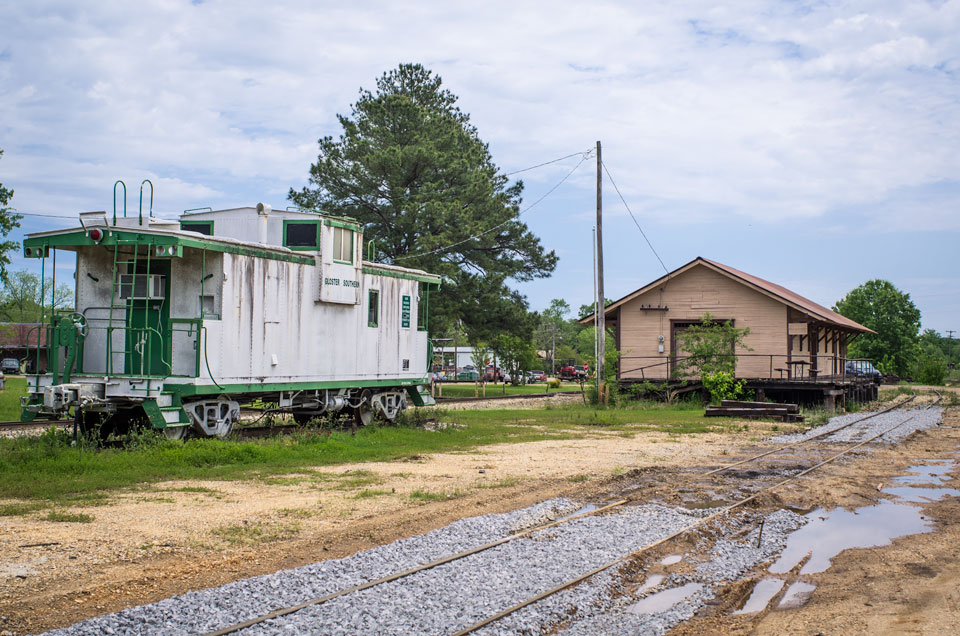
History of Bude
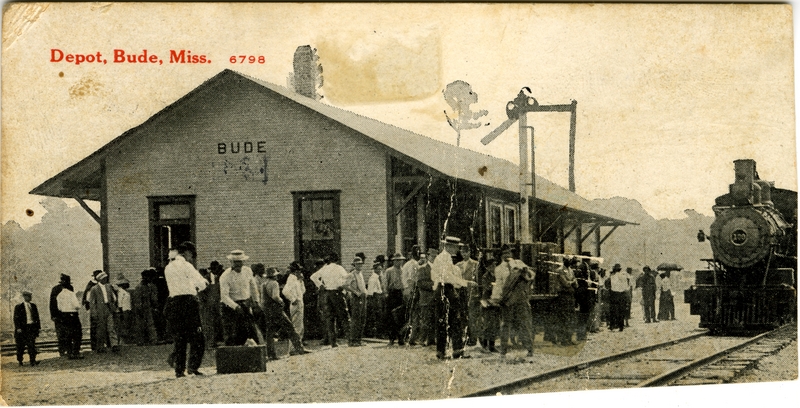
Founded in February, 1912 the Homochitto Lumber Company bought up vast tracts of timber in Franklin, Amite and Adams counties and selected a mill site in Franklin county. The town of Bude grew up around the new mill, which employed 800 people when it opened in 1913. The town continued to grow, attracting many businesses and stores including a Ford dealership, a theater, and a bowling alley. In 1936, the timber was cut out, the sawmill closed and Bude began its long decline.
The historic photos below are used with the kind permission of Mississippi Rails, a website devoted to the history of railroads in Mississippi. Many additional period photographs and a detailed history of Bude and the sawmill are available on their Homochitto Lumber Company page.

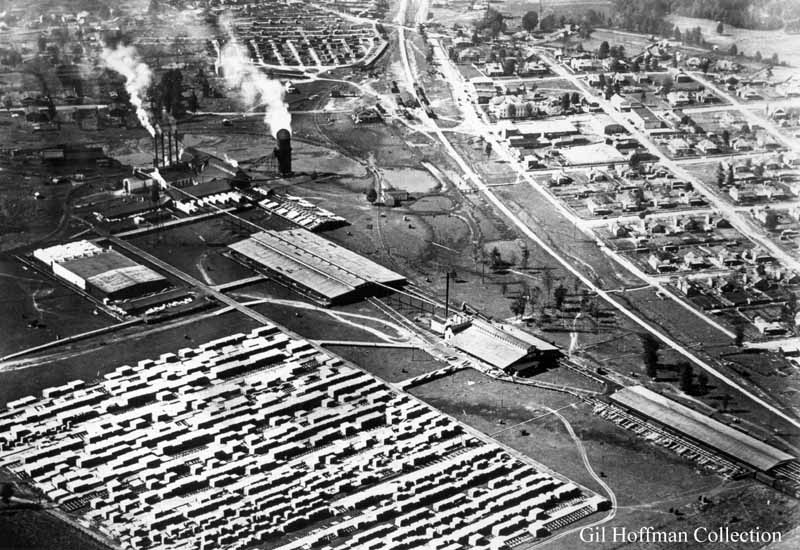
After the Homochitto Lumber Company closed down in 1936, the town of Bude was deprived of its primary source of employment and prosperity. It was not unusual for towns to spring up and then disappear as vast tracts of cypress and southern yellow pine in the Southern Timber Belt were logged.
Bude fared better than many former sawmill towns. Today there are still a few stores along Bude’s main street and the town is neat and well maintained. American Railcar Industries operates a repair facility in Bude.
Although the Homochitto Lumber Company brought Bude into existence in 1913, the railroad was a necessary ingredient in the town’s success and the railroad plays a key role in sustaining the town into the 21st century. Photographs from the early years of the 20th century are a stark contrast to a modern view of the town, but the railroad still runs through Bude, and the depot still stands as a reminder of better days.
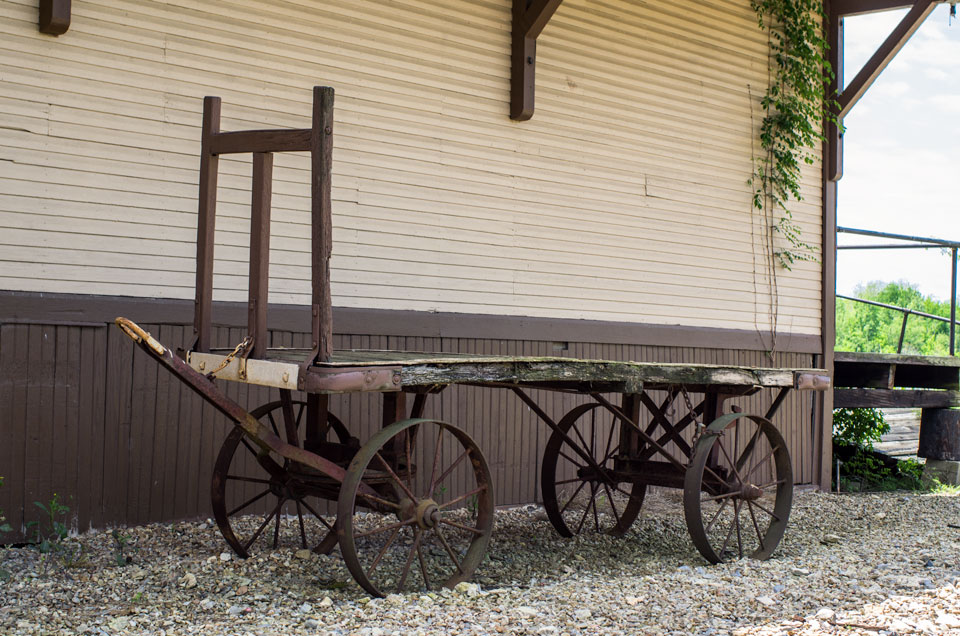
Edd Fuller – Photographs and text Copyright 2016
Thanks for including Bude! And for making use of our Mississippi Rails website. I do believe that Bude was named for company president, Fenwick Peck’s, ancestral home in Scotland. He controlled the vast United States Lumber Company which owned the Mississippi Central Railroad (Hattiesburg-Natchez, MS), the J. J. Newman Lumber Company as well as founding the Homochitto Lumber Company and the company town of Bude. Thanks again! David Price
I appreciate the additional information, and thanks for the help provided by Mississippi Rails.
I’ve enjoyed viewing this site. A particular location I thought was in Bude was a hotel or motel parallel to the rail track and I thought was near the station. It was (I thought) the Bude Hotel. A two story, white timber structure. A recollections or information about that?
I do not remember seeing anything like that in Bude, and I went back to all of the pictures I took there and don’t see anything that looks like the hotel building you describe. There is a photo of the Bude Hotel in the Mississippi Department of Archives and History collection. https://da.mdah.ms.gov/series/cooper/detail/19064